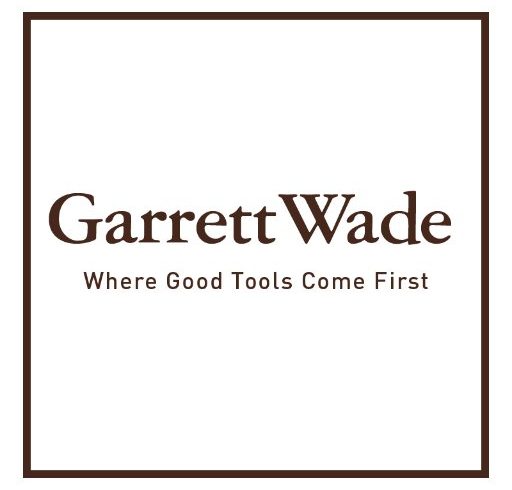
Often in these pages, we’ve described woodworkers who have needed a tool, gone out and built themselves a tool, and turned that tool into a successful business. You know the drill (sorry about that). Garry Chinn needed a lot of tools and he too turned that need into a successful business.
Back in the 1970s, Garry decided he had one prevailing passion in his life: woodworking. In his efforts to pursue his passion, something was missing. “The reason for [the company] is as simple as the fact that I wasn’t able to find the kinds of tools that I thought I ought to have and remembered using when I was in high school,” says Garry. He learned woodworking in high school shop class, and that classroom had a lot of hand tools purchased back in the 30s and 40s. So when he reached for that Stanley #70 plane while woodworking, it was no longer available.
More People Like Me?
As he explains it, Stanley had been buying up a lot of the smaller hand tool companies since just about the turn of the century. After World War II, the company turned its attention to the DIY market, a strategy Garry acknowledges as a wise move. Unfortunately, all those hand tools that had been consolidated under the Stanley corporation suddenly stopped being made.
In his search for the tools of his youth, Garry had an idea that he might not be alone. He found out “that there were a lot of people like myself who wanted to do this kind of work and didn’t want to use crappy tools,” he says. So when he started finding the tools he needed overseas, he started the Garrett Wade company, a catalog retailer that imported mostly hand tools for woodworking.
The Router Decade
The year he started the company was 1975 and the hippie woodworkers of the time were ready to get back to basics. His company had exactly what they were looking for and Garry’s business took off. When the 80s rolled around–a time period he calls the router decade–woodworkers were discovering what a versatile tool it was. “The router revolutionized the way people looked at what they did in their shops,” he says. Consequently, “hand tools and hand tool sensibility became subsumed to power tool speed and handiness,” comments Garry.
Also during the 80’s, small hand tool manufacturers started to crop up. Tom Lie-Nielsen, for example, who used to work for Garry, started his own small operation to create and recreate some of the great planes from the past. Others followed suit. “This is exactly the way it’s supposed to work,” says Garry, “people look at the market, they have an interest in something themselves, they see a way of providing something of good quality to that market, and a business is born.”
During the 90’s there was another surge of interest in hand tools, one that has continued to this day. At that time, there was a feeling that the predominance of power tools had created a “cookie-cutter” look to furniture, and some woodworkers started to hanker for the kind of craftsmanship that came from hand tools. So Garry’s business is riding that wave and doing its best to keep up with demand.
Finding Interesting Tools
Garrett Wade still deals primarily with hand tools, though there are a few power tools, mostly from Europe, in the catalog. Garry is constantly on the lookout for “interesting” tools that are either well-made, made from good materials or answer a need that no other company is fulfilling. One of the most recent examples of a tool that fit the criteria is the float glass lapping plates. These are long thick pieces of glass, with sand paper attached, used to completely flatten the soles of planes.
Garry goes overseas often to find tools and meet with tool manufacturers. One of his favorite tool shows is the one in Cologne, Germany. His business doesn’t leave him a lot of time to actually do woodworking as much as he would like, but there are other perks. “I do find I have every bit as much fun talking to a customer about what chisel he should buy as I did 25 years ago,” says Garry.
– Bob Filipczak





